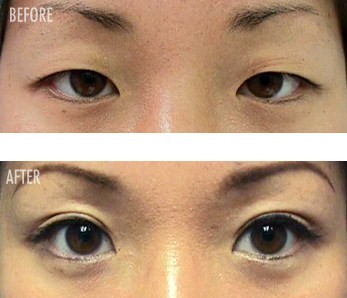
Steps
- Understand what causes discoloration in teeth.
- Cracks appear in the enamel and are exposed to food and other debris. This accumulates and causes yellowing or browning.
- While the enamel is white, the natural color underneath the enamel is a yellowish-brown. As enamel chips away or breaks down, this natural color can be seen.
- Younger teeth have less natural yellow showing and they also have fewer cracks in the enamel, thus less build up. Therefore, a younger person will usually have more response to teeth whitening processes.
- Review the options below and choose one.
- Let's consider your budget. Store bought kits run from $20-50 per treatment. For tough staining you may need more than one treatment. So, should you consider the dental office kits? Those range from $100-$300. This is a big price difference, but perhaps your needs will require more than what a store kit can offer. Teens and twenty-somethings will likely have a much better response to the store kits than would a person who is fifty-something. What about office visits? These visits average about $600 each. The good thing about this method, is that results are long lasting, sometimes up to a year. Again, it all depends on what your teeth have been exposed to and how long the problem has existed.
Prevention
- Avoid tobacco products.
- Stop or cut back on drinking coffee or tea.
- Pass on the grape juice. And that includes red wine!
- Stay away from curry.
- Brush your teeth immediately if you choose to partake in any of the items just mentioned.
- Eat a lot of fruits and vegetables.
Whitening Toothpaste
- Find commercial toothpastes with chemical tooth-whitening agents. Look for a toothpaste with American Dental Association approval, and use it regularly.
- Make your own whitening toothpaste, but see the warnings first. Mix one tablespoon of baking soda and 2 tablespoons of hydrogen peroxide to make a paste.
Whitening Kit
- Use a whitening kit according to package directions. You can look for an over-the-counter whitening product with ADA approval, or you can ask your dentist about professional whitening kits. The kits given out by dentists use a lower peroxide concentration and can be left on longer, sometimes overnight. Application is with a custom made bleaching tray that fits in your mouth, similar to a mouth guard. In general, use a whitening kit as follows:
- Brush and floss your teeth as usual.
- Insert the whitening gel into the mouth tray. Put a teardrop-sized quantity of whitening gel in each compartment. Use the same amount in each tooth compartment for uniform whitening of all your teeth.
- Don't apply too much gel. It could squeeze out of the mouthpiece and irritate your gums, aggravating any existing condition. Avoid contact between the whitening gel and the gums. Do not use the whitening gel in any method other than the directions provided on the packaging.
- Place the whitening tray in your mouth slowly and ensure it is snug to your teeth. Often whitening trays can be formed to fit your teeth by placing them in hot water for a minute or less. Follow directions for the tray if the whitening kit you purchased includes this feature. The ingredient that makes at home teeth whitening kits work is that chemical called Carbamide Peroxide. The peroxide plunges into the surface of the tooth and begins to wear away the substances that were left behind that are causing the discoloration. This is a completely safe procedure that is usually painless. In fact, you won't feel a thing unless you have an issue with your teeth-people who do not have good dental health are not advised to use at home teeth whitening kits unless they first check with their dentist.
- Leave the whitening trays in your mouth for the recommended time in the kit's directions.
- Remove the trays and wash them with cool water. Store them in a clean, dry place.
- Rinse out your mouth and brush your teeth again to remove all excess whitening gel.



